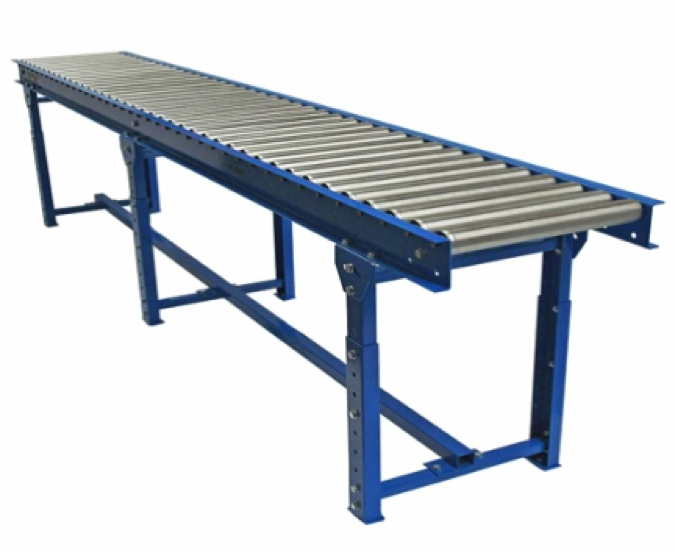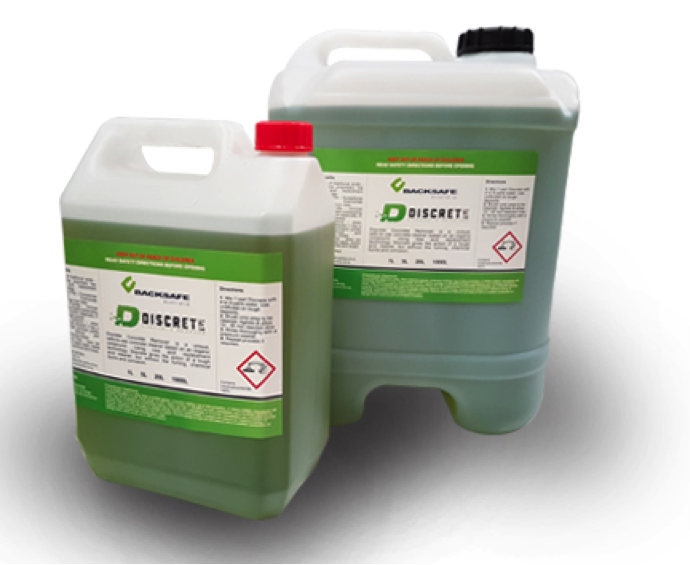![5 Maintenance Tips to Extend Equipment Life and ROI teaser]()
16 Jul 2018
Every warehouse, factory and manufacturing business without fail will have invested in a large number of materials handling equipment with an equally large price tag. To make your production efficient and cost-effective, it’s a necessity to have the right tools for the job. It's equally important to ensure that equipment is well maintained. Examples include conveyors, forklifts, and cranes not to mention all the attachments and accessories that go along with them. To save money on repairs and reinvestment, avoid periods of downtime as well as extend equipment lifespan and ensure the best return on your investment, it is essential to maintain equipment.

Pictured: STURGO Gravity Conveyors
1. Maintenance plan
A maintenance plan allows you to predict, plan and more importantly prevent excessive breakdown. A maintenance plan will also act as a record for systems, regular maintenance and a parts inventory. It should include an easy to follow, systematic approach for equipment upkeep. Areas to look at are electrical components, wiring, tyres, belts, all moving parts and pulleys and this list isn’t exhaustive. Lubrication may need to be added as well as checking functionality.
.png.aspx?lang=en-AU)
2. Training
A lot of equipment requires an operator or in a lot of cases, several operators. These people need to have the knowledge and skills to work the equipment safely and productively. Most of the time training is provided at the time of implementation, but it is equally important to maintain on-going training. People come and go and people lose skills and forget. Poor training can lead to poor equipment usage and consequently result in downtime and repairs, both of which can be costly.

3. Advocate
Being responsible for the equipment ultimately comes down to the business owner. They undoubtedly will already have enough on their plate running an efficient business. It is a good idea to give the role of maintenance and upkeep of equipment to an employee. They can advocate for the upkeep, policy and maintenance of equipment. They can also be a point of contact for staff as well as for feedback issues to the business owner.
4. Cleanliness
Equipment is made of many components and moving parts and overtime these can accumulate dirt, dust, and grime. An important element of any maintenance schedule needs to include a cleaning schedule. This should include storage and protection of equipment when it’s not in use.

Pictured: Discrete Concrete Removal
5. Damage
The use of equipment often elicits repetitive movement, vibration, friction, and heat, all of which can be corrosive. There is also the age of the equipment to consider. Checking for signs of wear and tear is an important element of your maintenance schedule. It's important to repair or replace damaged parts quickly before they worsen and become unsafe or cause malfunction and breakdown or even worse, cause an injury.
Implementing these simple measures will extend equipment life and return of investment. This will ensure that your business runs efficiently with minimal downtime in production.
Are you looking for materials handling equipment? Backsafe Australia has a huge range of high quality materials handling products for you. Contact us today at 1300 305 314 or send us an email at sales@backsafe-australia.com.au and we will give you the right advice on the best materials handling equipment for your business.
Back To News Stories